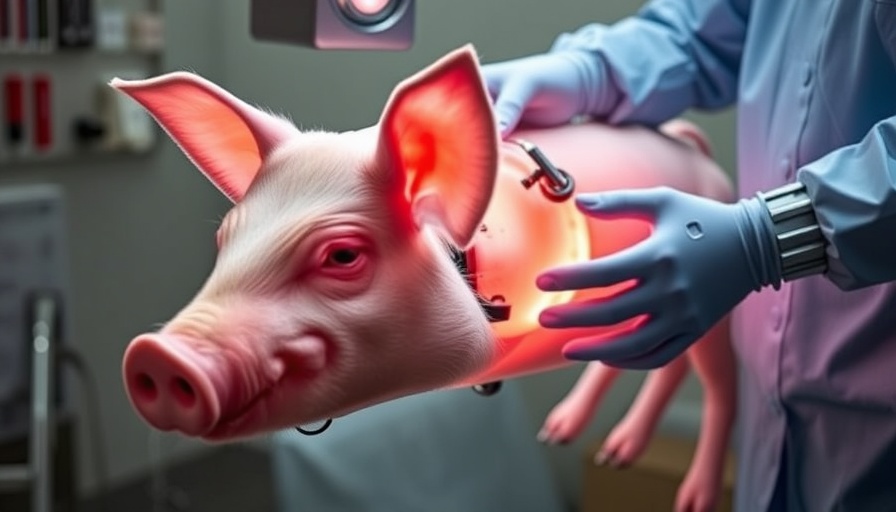
Transforming Healthcare: The Rise of Microsoft Dragon Copilot
The integration of artificial intelligence into healthcare has transitioned from a futuristic ideal to a present reality, with tools like Microsoft Dragon Copilot leading the charge. Designed specifically for healthcare, this innovation merges the well-established speech-to-text capabilities of Nuance’s Dragon with the augmentation features of Microsoft Copilot. This powerful combination is set to revolutionize clinical documentation, thereby alleviating the heavy burden of administrative tasks from healthcare professionals.
Understanding the Benefits of Microsoft Dragon Copilot
With AI increasingly playing a role in healthcare operations, understanding its functionalities and benefits is vital for healthcare organizations. Microsoft Dragon Copilot primarily addresses the issue of administrative overhead—a significant point of frustration for many physicians and nurses. By enabling users to dictate notes through voice recognition, Dragon Copilot allows healthcare workers to focus on patient interaction rather than monotonous paperwork. This integration not only boosts productivity but also enhances doctor-patient relationships by promoting more engaged conversations.
Practical Insights for Effective Implementation
To ensure the seamless introduction of Dragon Copilot into existing workflows, healthcare facilities must take a few crucial steps. Training sessions for both healthcare professionals and support staff are essential for maximizing the tool's effectiveness. Understanding the nuances of its features—such as generating billing codes, referral notes, and prescription renewals—enhances its usability. Furthermore, fostering a culture that embraces AI and technological advancements is crucial in overcoming any resistance to change among staff.
Future Trends in AI in Healthcare
The future of healthcare technology is teeming with potential, with AI set to play an ever-greater role in daily operations. As AI continues to evolve, we can expect even more sophisticated tools that enhance patient care, streamline administrative functions, and personalize healthcare experiences. The potential for AI-driven innovations such as telehealth advancements and virtual health assistants will further transform how healthcare services are delivered, promising to enhance both efficiency and effectiveness.
Final Thoughts
The impact of Microsoft Dragon Copilot on healthcare workflows presents an unprecedented opportunity for improvement. By embracing AI technologies, healthcare organizations can not only reduce the administrative burden but also enhance the overall quality of patient care. As Dragon Copilot continues to gain traction in the healthcare landscape, it becomes increasingly vital for professionals to harness its capabilities for transformative results.
 Add Row
Add Row  Add
Add 




Write A Comment